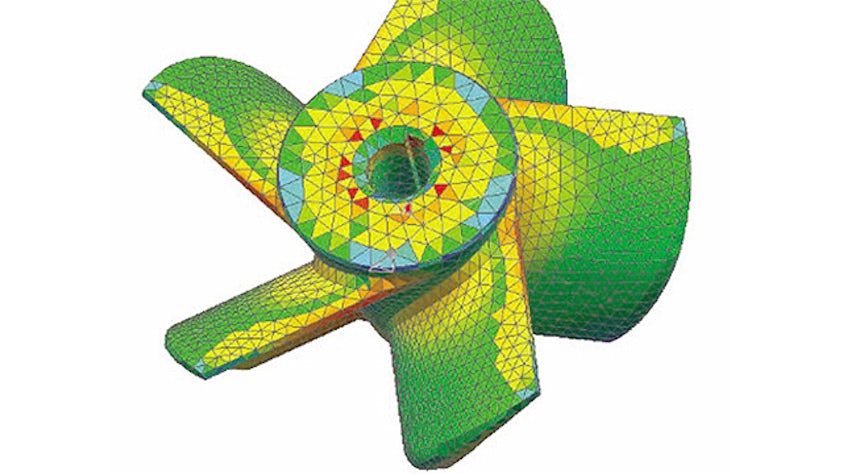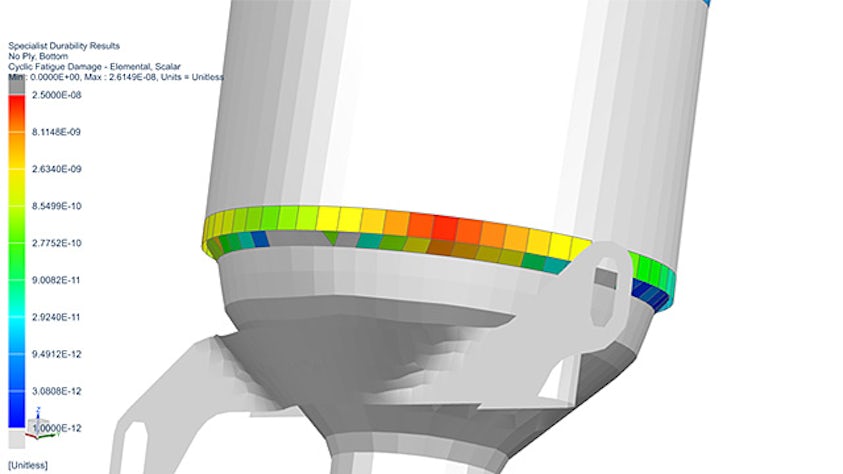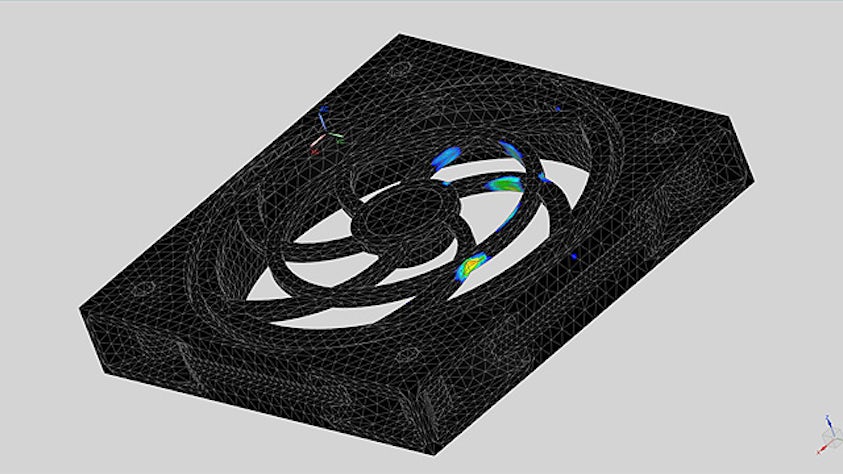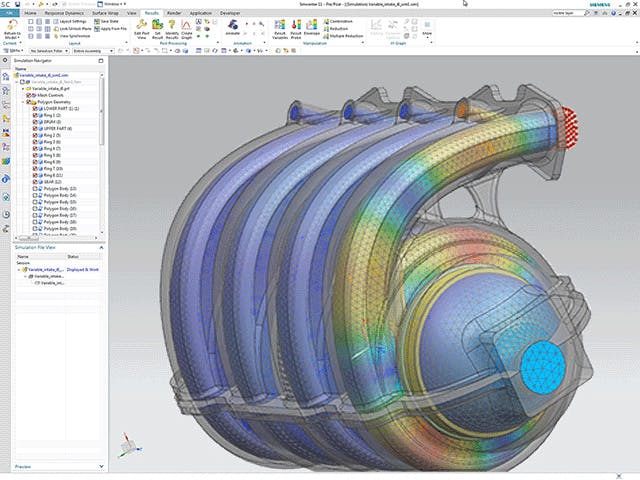L'une des tâches les plus difficiles pour les ingénieurs en durabilité est de concevoir des composants et des systèmes à sécurité intégrée de la manière la plus efficace possible. Les pièces du système soumises à la fatigue peuvent causer des dommages structurels et des situations potentiellement dangereuses dans la vie quotidienne. Les erreurs peuvent provoquer des rappels de produits qui ont une influence négative sur le produit, mais aussi sur l'image de marque globale. Les cycles de développement plus courts et les exigences de qualité toujours plus strictes ont poussé les approches de durabilité basées sur les tests jusqu'à leurs limites. L'évaluation et l'affinement des performances de durabilité par simulation, à l'aide de méthodes logicielles de durabilité, sont la seule alternative valable.
Simcenter vous donne accès à des méthodes d'analyse de la fatigue de pointe qui vous permettent d'effectuer des analyses de prédiction de la durée de vie en fatigue de manière rapide et précise, d'après des conditions de chargement réalistes.
Prédiction des performances en fatigue des pièces fabriquées par additif
Simcenter 3D est un solveur de fatigue unique qui prend en compte les propriétés locales induites par le processus FA dans l'analyse de durabilité à l'échelle partielle.





